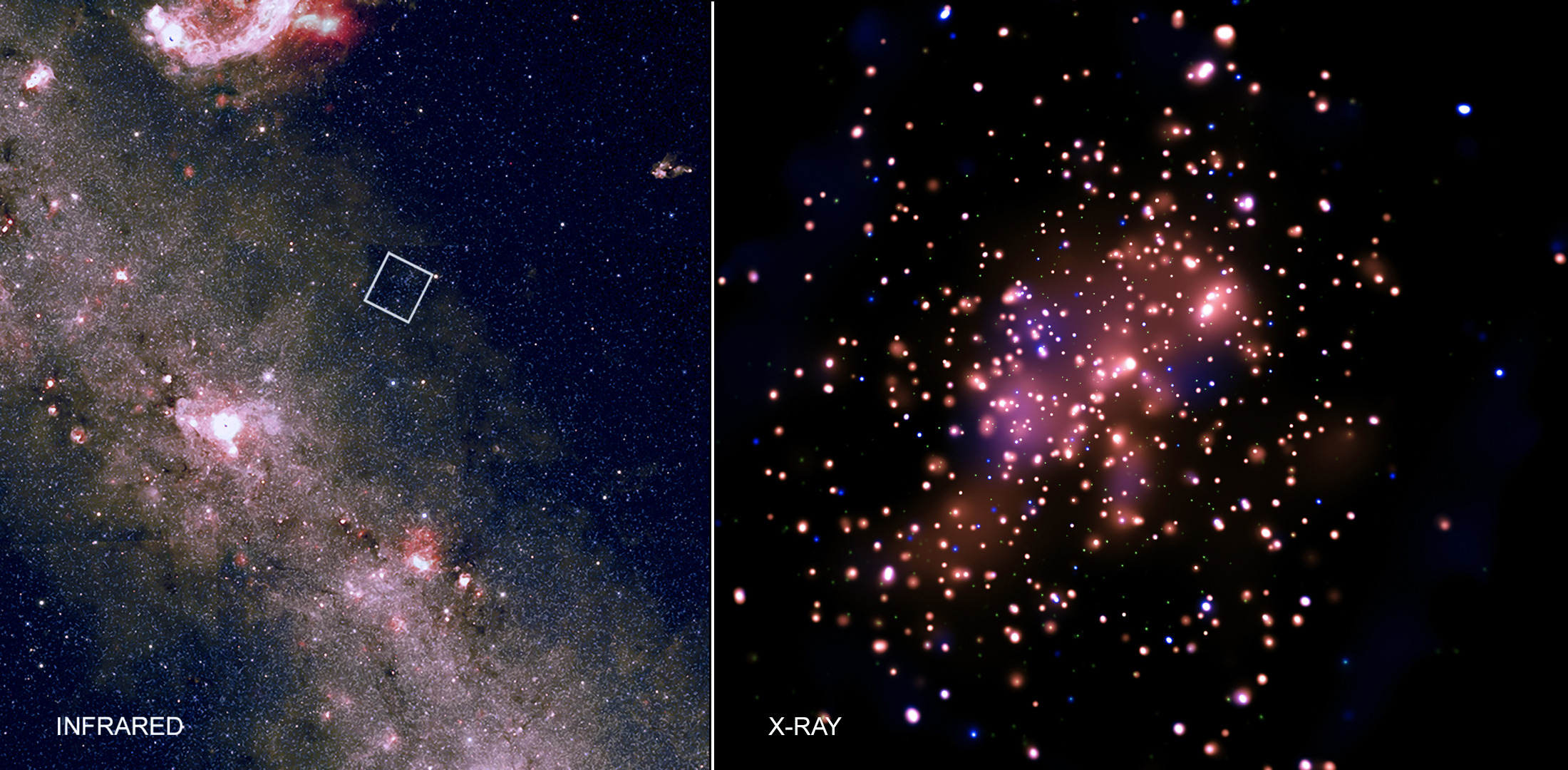
This spectacular image of the Carina nebula reveals the dynamic cloud of interstellar matter and thinly spread gas and dust as never before. The massive stars in the interior of this cosmic bubble emit intense radiation that causes the surrounding gas to glow. By contrast, other regions of the nebula contain dark pillars of dust cloaking newborn stars.
Credit: ESO/J. Emerson/M. Irwin/J. Lewis
VISTA gazes into one of the largest nebulae in the Milky Way in infrared. About 7500 light-years away, in the constellation of Carina, lies a nebula within which stars form and perish side-by-side. Shaped by these dramatic events, the Carina Nebula is a dynamic, evolving cloud of thinly spread interstellar gas and dust.
The massive stars in the interior of this cosmic bubble emit intense radiation that...
Read More









Recent Comments